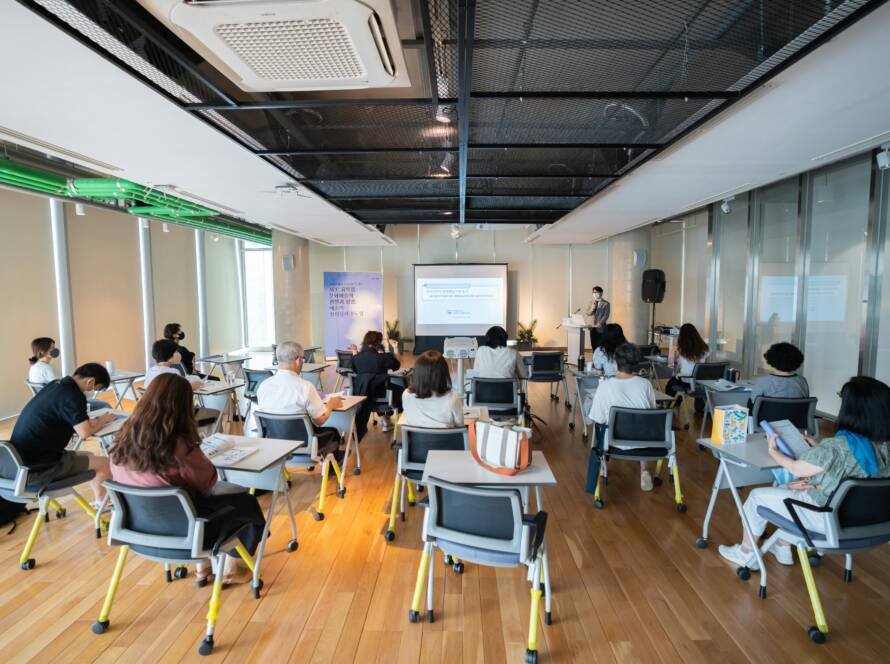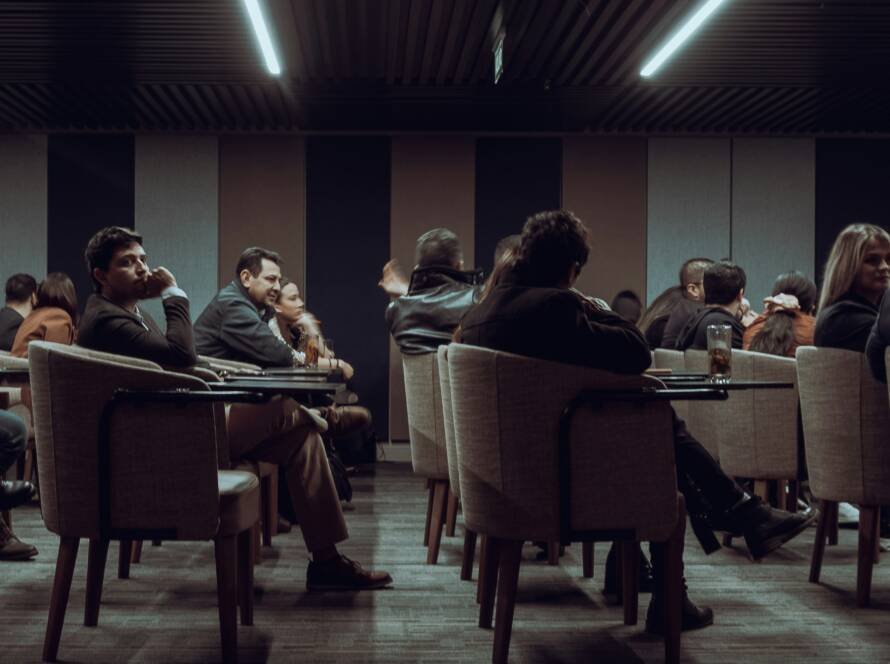Dynamic Spaces: Adaptive & Modular Event Designs
Event design is evolving beyond static setups into dynamic, adaptive environments that transform in real time to meet the needs of diverse audiences. Adaptive and modular eventdesigns offer unparalleled flexibility, allowing spaces to shift effortlessly between differentformats and moods. This approach not only maximizes venue potential but also elevates attendee experience through customization and innovation.
The Rise of Adaptive Event Spaces
Adaptive event design uses technology and flexible structures to create spaces that respond to changing activities or audience engagement throughout an event. By integrating smart sensors, movable walls, lighting systems, and audio controls, venues can instantly morph from formalpresentations to casual networking lounges or immersive workshops. This fluidity breaks down traditional event silos and supports hybrid or multi-purpose event formats seamlessly.
For planners, adaptive spaces mean greater efficiency and reduced setup time, while attendeesbenefit from environments that evolve intuitively alongside event rhythms.


The Power of Modular Design
Modular event design emphasizes components that can be reconfigured, reused, or relocated easily. Think of interchangeable stage pieces, seating clusters, and decor elements that snap together in multiple ways. Modular systems empower designers to customize layouts quickly and sustainably, adapting for event size, theme, or changing conditions like weather in outdoor settings.
This flexibility also supports inclusivity, allowing spaces to accommodate varying mobility needs or create zones tailored for different types of interaction—from quiet reflection areas to active discussion hubs.
Technology Driving Fluid Experiences
Cutting-edge technology fuels dynamic spaces with real-time data and automation. AI-enabled lighting and sound systems adjust ambiance based on crowd density and mood, while interactive digital walls display changing content or facilitate attendee collaboration. Even furniture embedded with sensors can reorient automatically or provide personalized adjustments.
This tech synergy transforms event environments into living ecosystems that optimize comfort, engagement, and flow.Sed ut perspiciatis, unde omnis iste natus error sit voluptatem accusantium doloremque laudantium, totam rem aperiam eaque ipsa, quae ab illo inventore veritatis et quasi architecto beatae vitae dicta sunt, explicabo.
Dynamic event spaces don’t just host experiences—they evolve with them, creating environments as versatile and vibrant as the audiences they serve.

Adaptive and modular event designs contribute to sustainability by minimizing waste through reuse and reducing the carbon footprint of constant rebuilds. Flexible setups often require fewer materials and allow for better resource planning, supporting eco-friendly event goals without sacrificing creativity or impact.
Looking Ahead: The Future of Event Space
As demand for hybrid, multi-format, and personalized events grows, adaptive and modular designs will become the norm rather than the exception. Future venues will combine architectural innovation with smart technology to create spaces that think, feel, and adapt dynamically—offering richer, more responsive experiences for every attendee.
For event professionals, embracing dynamic spaces means pioneering new frontiers in engagement and operational excellence.onsequat. Duis aute irure dolor in reprehenderit. Lorem ipsum dolor sit amet, consectetur adipiscing elit.




